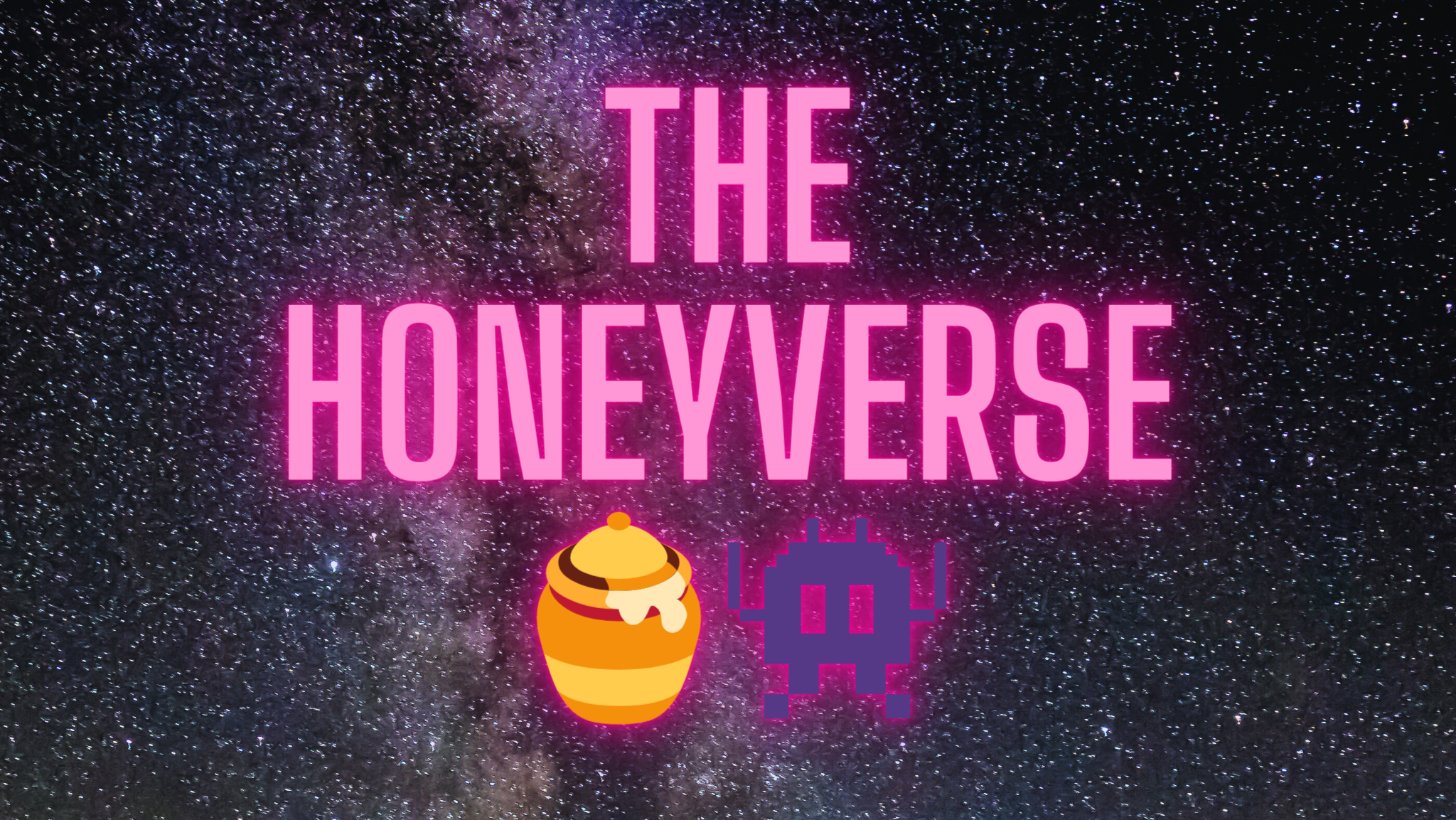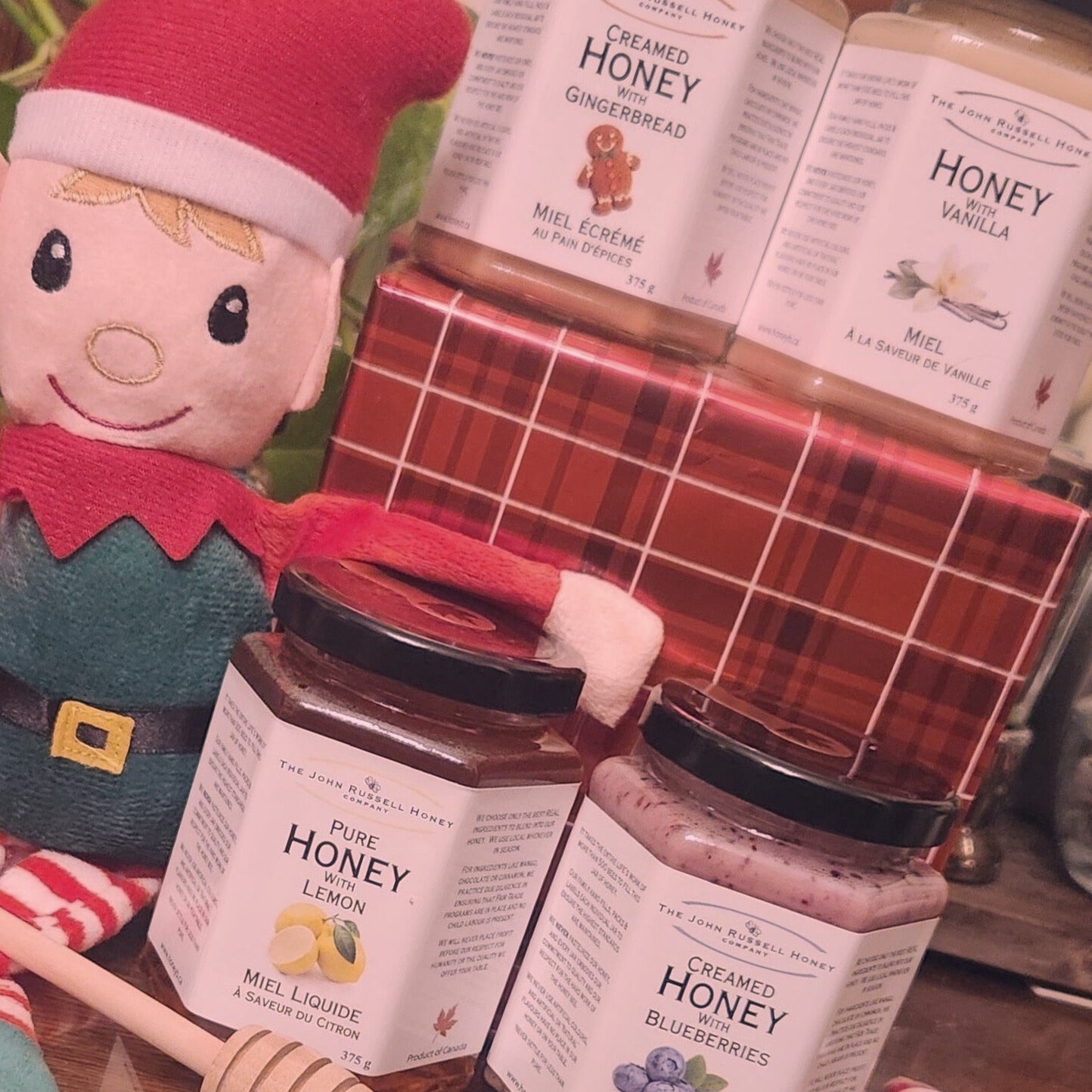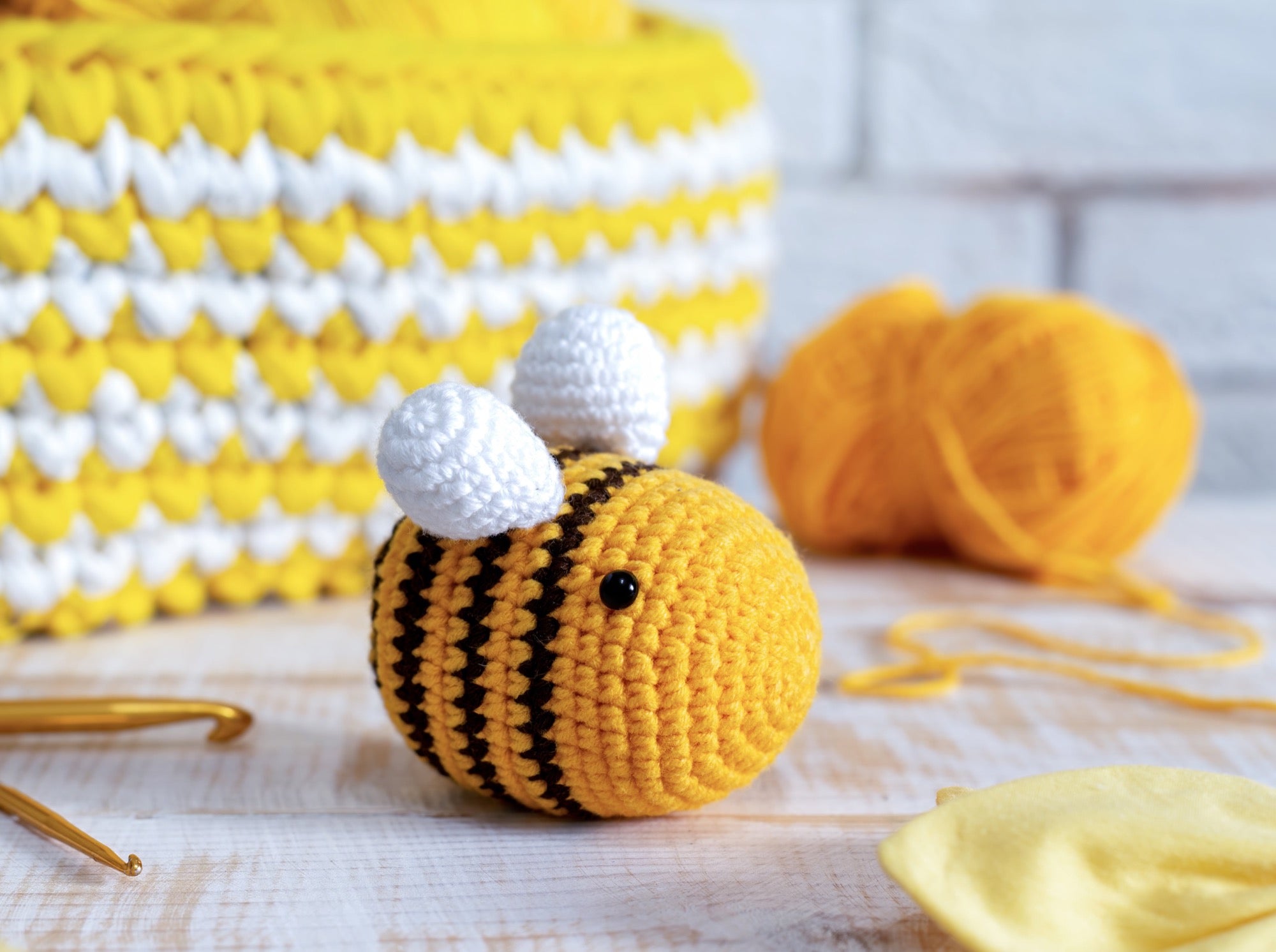The Buzz 13: Keepin' Cosy 🎄
Welcome to The Buzz, our monthlyish newsletter racing at lightspeed toward you straight from...

Featuring a wide selection of stories, articles, links, product updates and much more, keep reading and get up to date on what's happening in our local galaxy of pollinators and beeyond!! 🚀
Haven't subscribed yet? Click here to sign up for an account and also enter your email in the subscribe section to make sure you receive the BONUS email content for you true beelievers out there 🐝🐝🐝, and also that you are eligible for Buzz Club discounts, promos and some new surprises in 2024 🎷!!
Click here for Buzz Club Info 🍯
🐝🐝🐝
Issue 13 Content:
(Click/tap the section pic to view!)
Fireside with John Russell

John Russell's regular State of the Hive: Includes an update on how the bees are faring, odds and ends pertaining to the beekeeping industry, plus my unasked for opinions. (It's my newsletter, darn it.)
Melissa's Musings!

Melissa is back and this time with knowledge around how honey can be used to escape even death! A short and spirited tale to help one settle into the season.
You May Have Missed: A Masterful Fruitcake

Much like actual fruitcake, this guide has lingered and comes back to haunt us but don't miss out on possibly the greatest fruitcake of all time!
Bee News!
Real Buzzed ⚡️⚡️⚡️
- Researchers have discovered that bee swarms are capable of generating electrical charge per metre (of bees vs cloud) in excess of thunderstorm clouds!
- Pun intended, the researches were shocked at their own findings while monitoring weather when a spike turned out to be a swarm of honeybees
- This raises many questions as well as the matter of bees being able to sense electrical fields which we will expand on in a coming issue
- READ ALL ABOUT IT! 📰 On the NewScientist website right here
- Obligatory Louie the Lightning Bug 💡 PSA: Play It Safe Around The Tree!! 🎄
BEE FACTS
John Russell has just one item on his Holiday Wishlist and it's been the same item for decades: Please oh please Stingless Bees! While not practical for this climate, we present some key facts about this very, very sweet type of bee that humans have been working with for a very, very long time:
- Stingless bees belong to the tribe Meliponini, which is a group of bees found primarily in tropical and subtropical regions. They are known for their small size, with most species measuring between 2 and 7 millimeters in length (for reference a fruit fly will be around 3mm, honeybees around 15mm) Cute lil buzzers! 😍
- Unlike their honeybee counterparts, stingless bees do not have a stinger. This makes them safe to handle and interact with, making them popular among beekeepers and researchers.
- Stingless bees are highly efficient pollinators. Due to their small size, they can access flowers with narrow openings that other bees cannot reach. This allows them to pollinate a wide variety of plants, contributing to the biodiversity of ecosystems.
- Stingless bees produce a unique type of honey that is highly prized for its medicinal properties. This honey, known as "pot honey," is often used in traditional medicine for its antibacterial and anti-inflammatory properties.
- Stingless bees have a complex social structure similar to that of honeybees. They live in colonies consisting of a queen, workers, and drones. The queen is responsible for laying eggs, while the workers perform various tasks such as foraging, nest construction, and brood care.

Let us know how we did!
We want to build a newsletter worthy of your interest. If you have any comments, suggestions or questions about The Buzz or absolutely anything else, we'd love to hear about it! Find our contact info here or simply give us a ring at 204-612-2337. See you next time!


